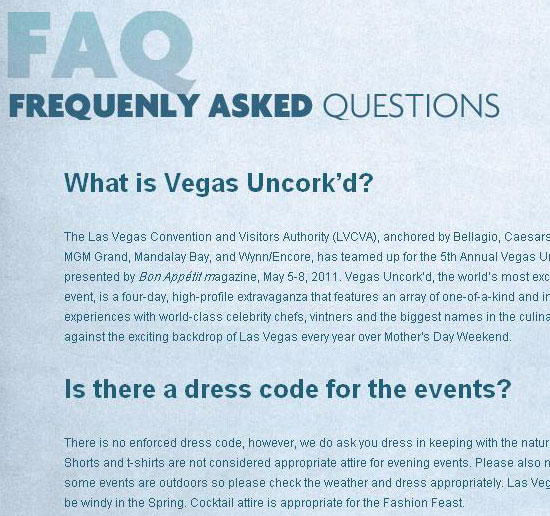cinematograph and airplanes’ tale
How empty space killed corporate application functionality
 Spacious. Minimalistic. Clean. A large amount of empty space has become a classic trick in developing application design for consumers.
Spacious. Minimalistic. Clean. A large amount of empty space has become a classic trick in developing application design for consumers.
And I don’t really hate this trend. Effective use of empty space is attractive and can significantly improve the usability of a simple interface. Long live empty space!
But what about complex interfaces? Corporate application developers understand what I mean: control panels that support innovative technologies, information-intensive logistics systems, and accounting systems with large amounts of data. These are the tools our users use every day to do their work. Continue reading
Cocktail vintage and innovation: retro style in web design
 According to the American writer John Steinbeck, the majority of people are ninety percent living in the past, seven now, and only three percent remains for the future. Well, the calculations of the Nobel laureate in literature are too difficult to verify, but one cannot dispute the fact that the events of the past are attractive. If the pressing sense of the value of the passing time and the attractiveness of antiques is familiar to you firsthand, perhaps the retro style in web design will be your fad. It remains only to think whether the retro concept will satisfy the target audience of the resource. Who will be delighted with the content of the masterly powdered antique? Continue reading
According to the American writer John Steinbeck, the majority of people are ninety percent living in the past, seven now, and only three percent remains for the future. Well, the calculations of the Nobel laureate in literature are too difficult to verify, but one cannot dispute the fact that the events of the past are attractive. If the pressing sense of the value of the passing time and the attractiveness of antiques is familiar to you firsthand, perhaps the retro style in web design will be your fad. It remains only to think whether the retro concept will satisfy the target audience of the resource. Who will be delighted with the content of the masterly powdered antique? Continue reading




